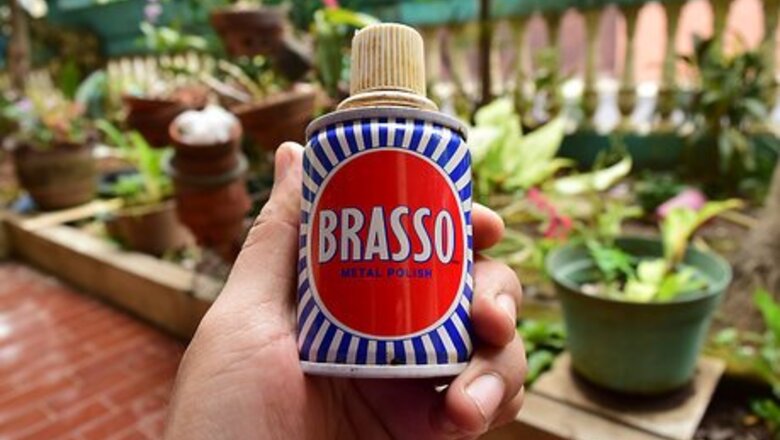
views
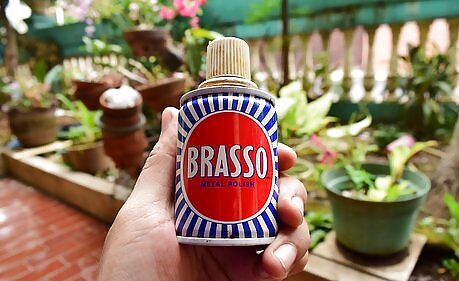
Get a bottle of liquid Brasso (not the impregnated wadding), which should cost around $3-$5. You can find Brasso at your local hardware store. Get a few clean, fresh rags. You might need more depending on how dirty your cymbal is, as the rags will be pick up varying amounts of sludge from the cymbals, and the grooves. You should keep one or two rags for drying the cymbal(s), or you can simply use any dry spots on your wiping rag to do the trick.
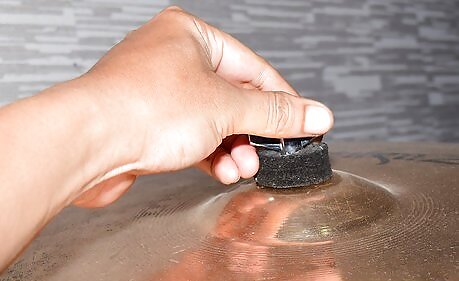
Strip the cymbals of any hardware. This includes removing items such as straps if they are marching band cymbals, or the clutch off of a top Hi-hat, or sizzles if it is a Sizzle cymbal, so that they don't get in the way of the cleaning process.
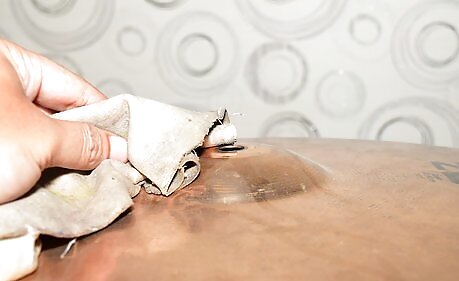
Apply some Brasso in the shape of a ring starting at the bell of the cymbal, or near the edge of the cymbal, if you would prefer to start there. Buff with the rag in circular motions. You can continue to apply to the bow of the cymbal, and work your way to the edge, or work your way into the bell, depending on what area you started on. You will start to see a black/brown/green/dark blue sludge on the cymbals, and your rag, which means you are thoroughly cleaning the dirt out of the grooves, and the cymbal itself. Replace your rag if necessary.

Finish cleaning the cymbals. Then use a fresh rag to dry the cymbals, and wipe off any excess residue remaining. You will start to notice that your cymbals are starting to shine, and by the time you are done, there will be a noticeable difference.
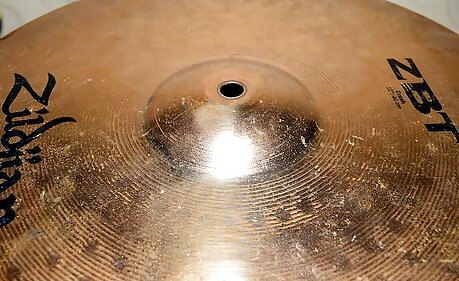
Repeat if necessary. Although the first coat will clean it, and make it shine, a second might be needed to achieve the full cleanliness.
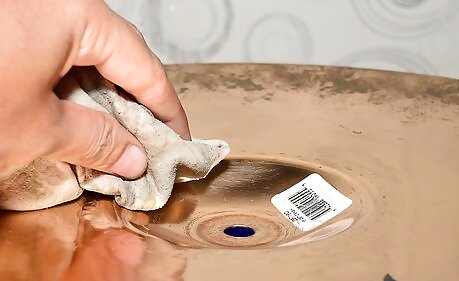
Repeat these steps on the underside of the cymbals.


















Comments
0 comment